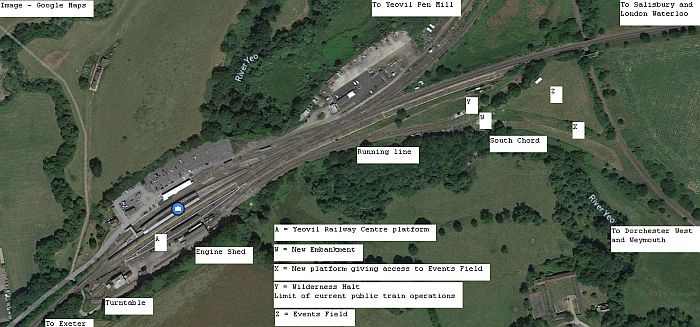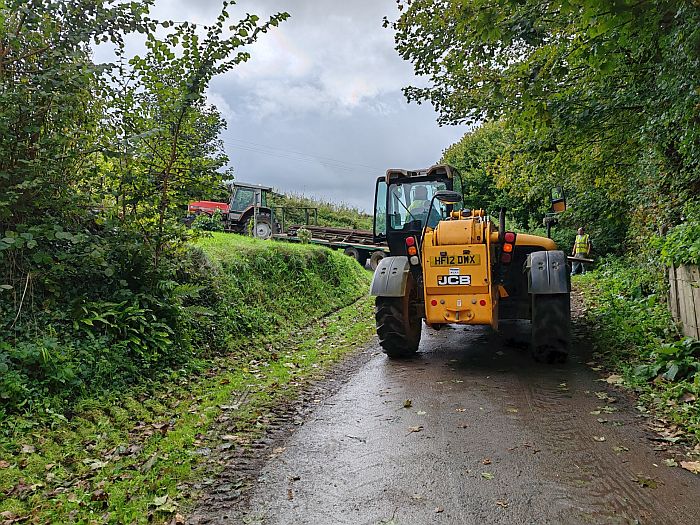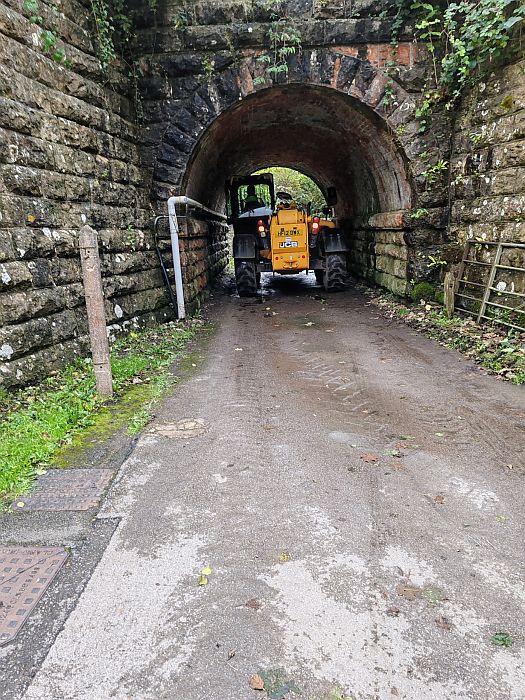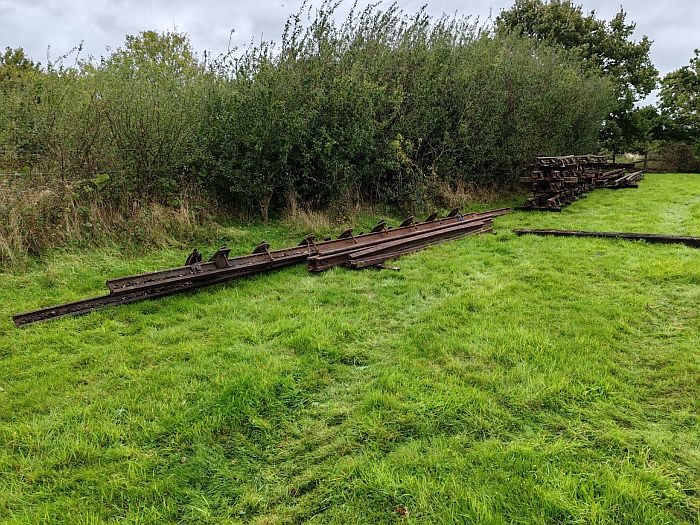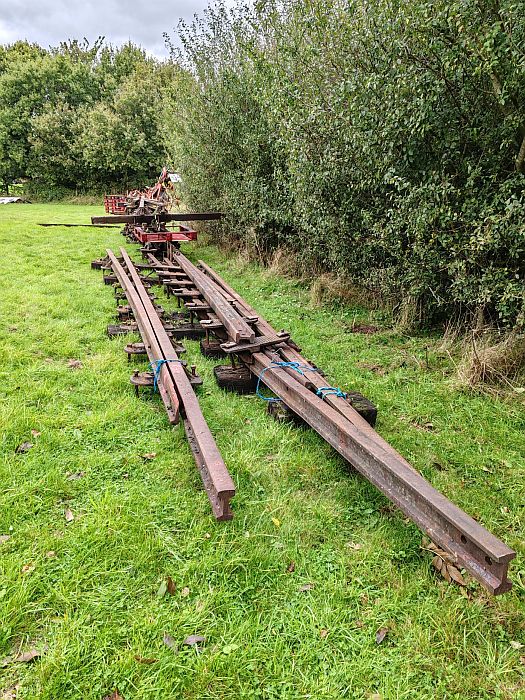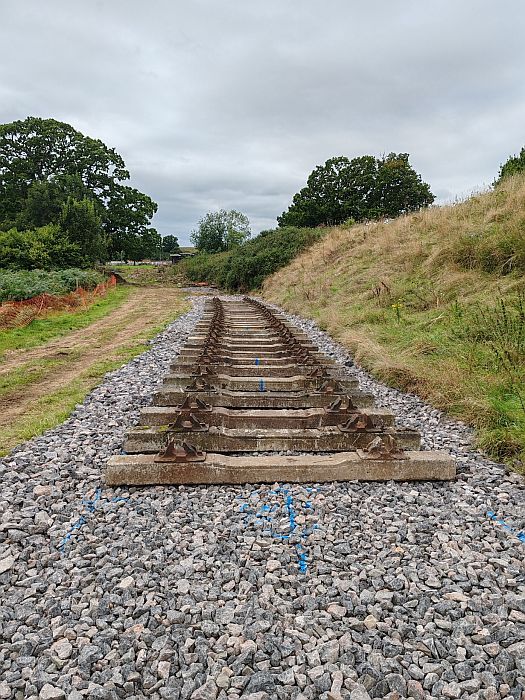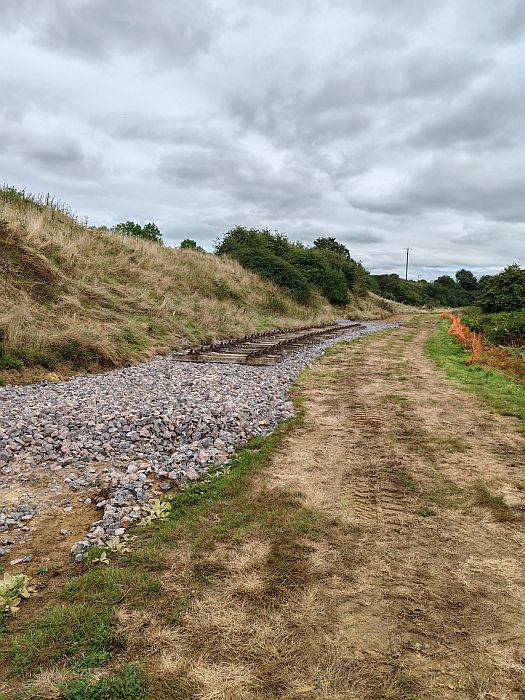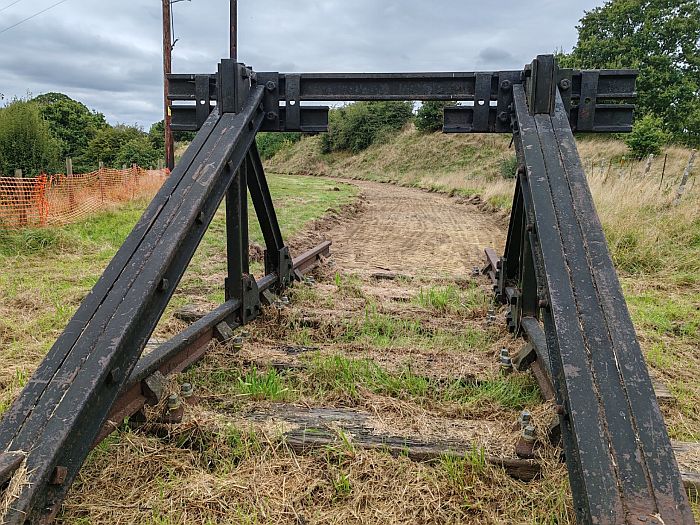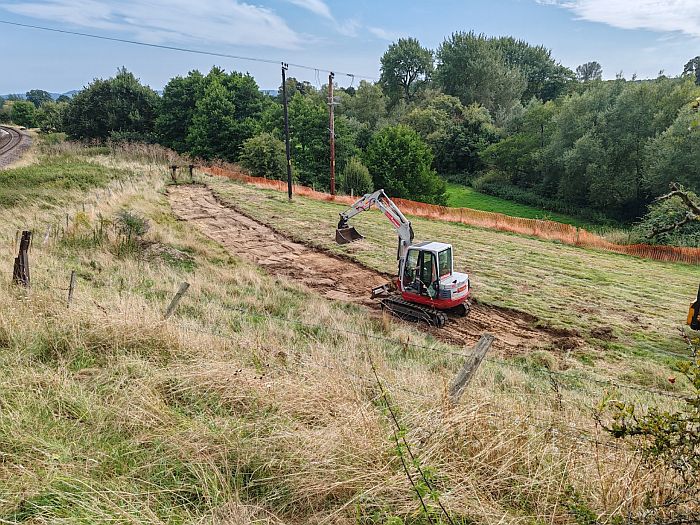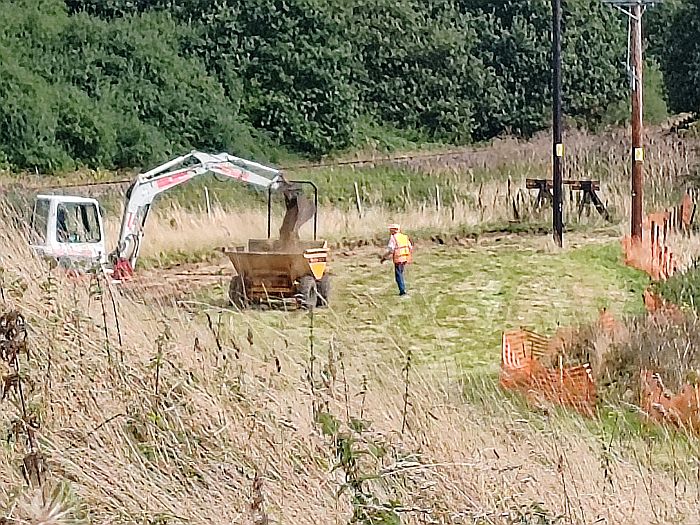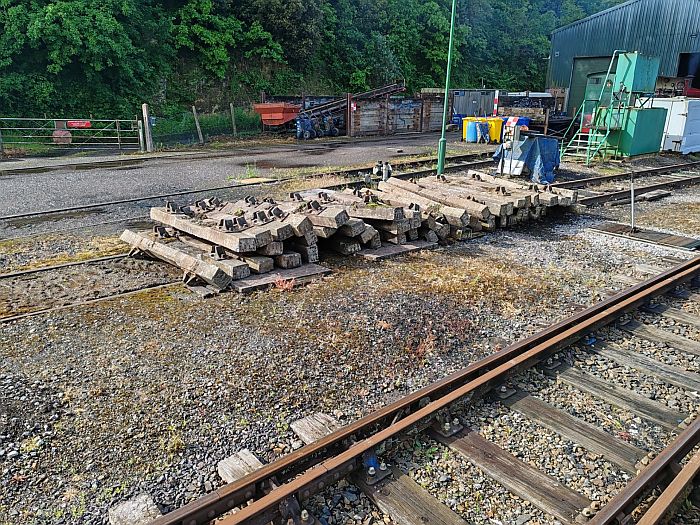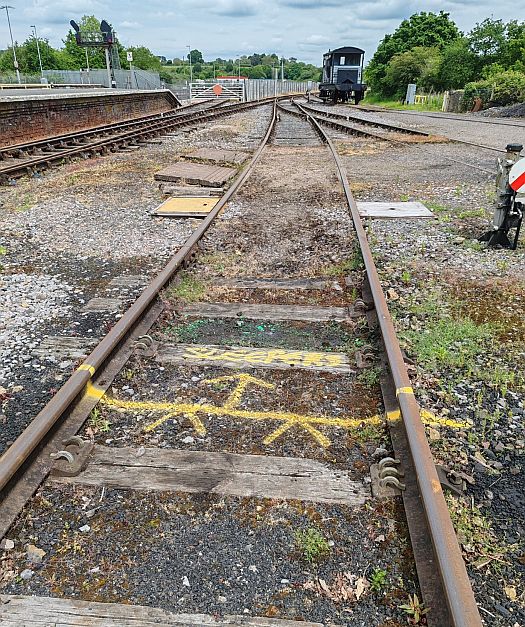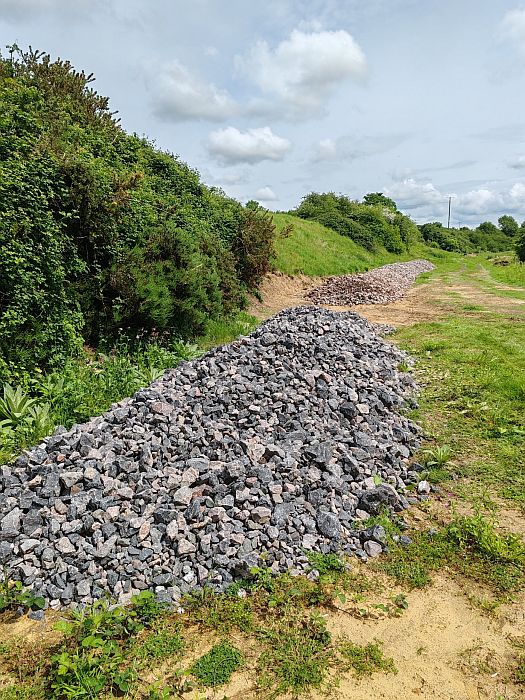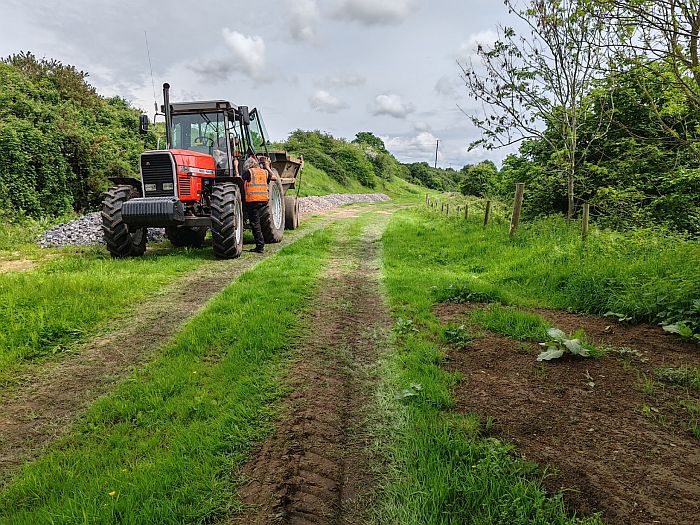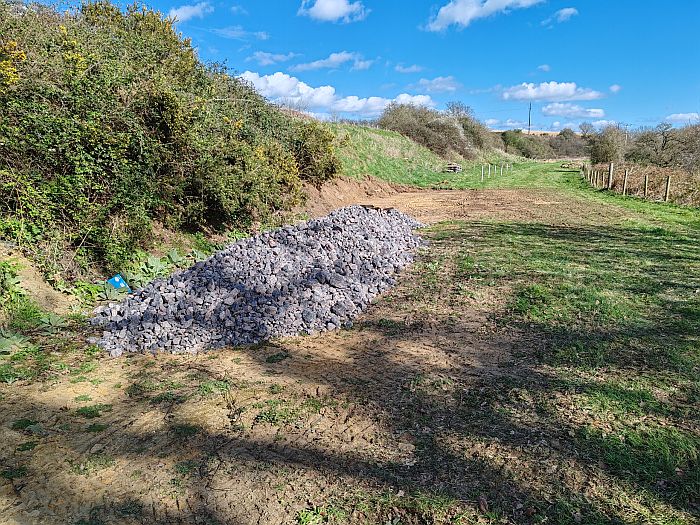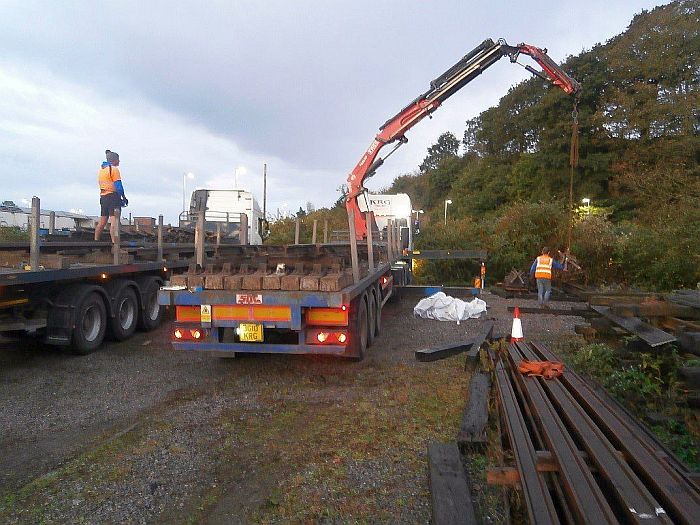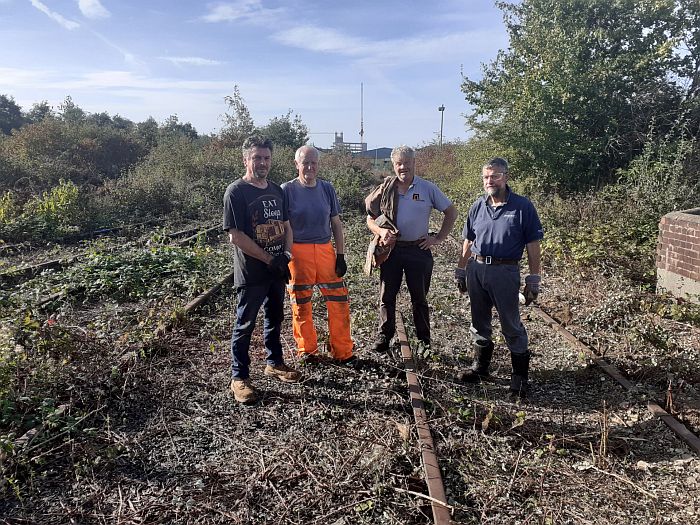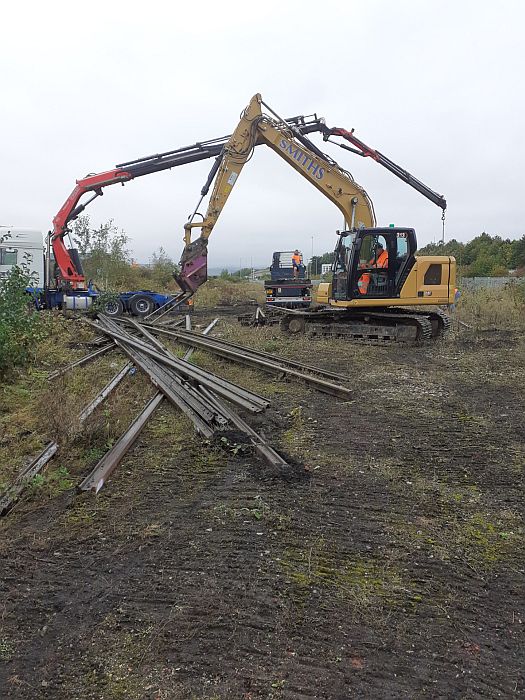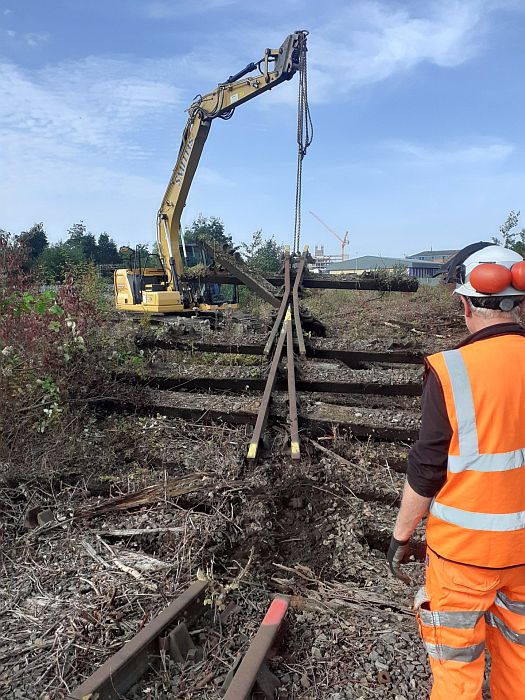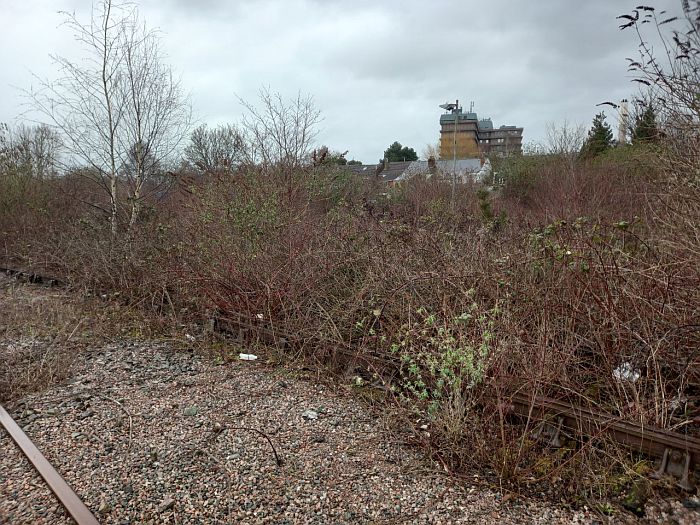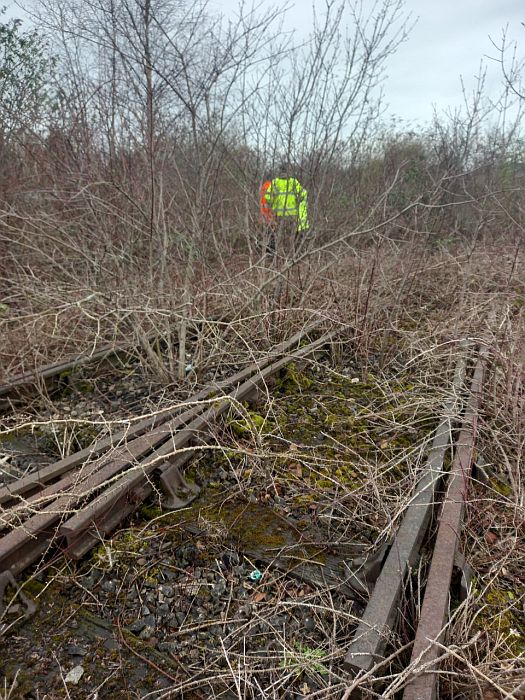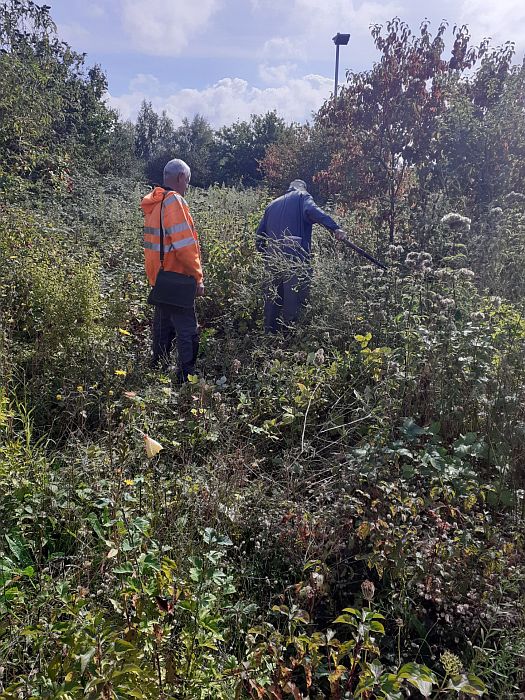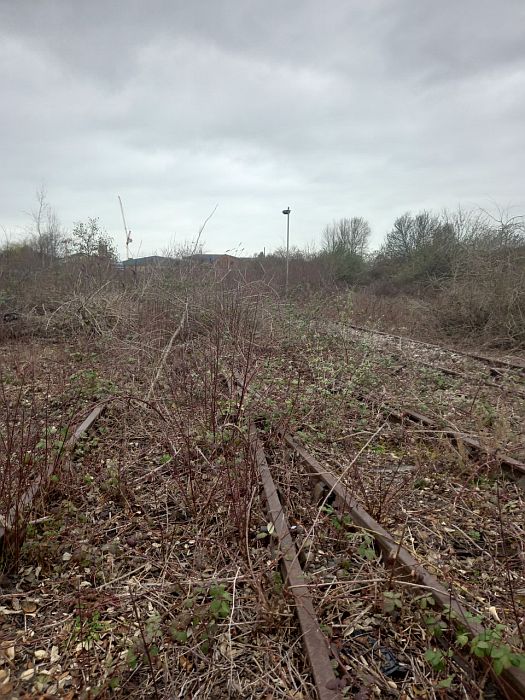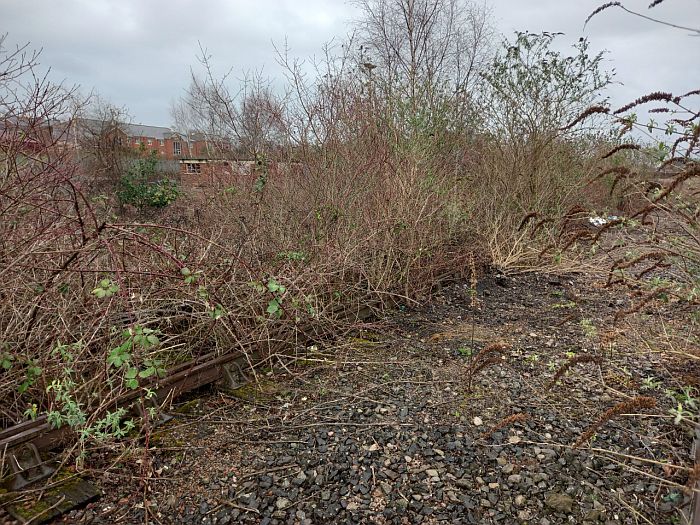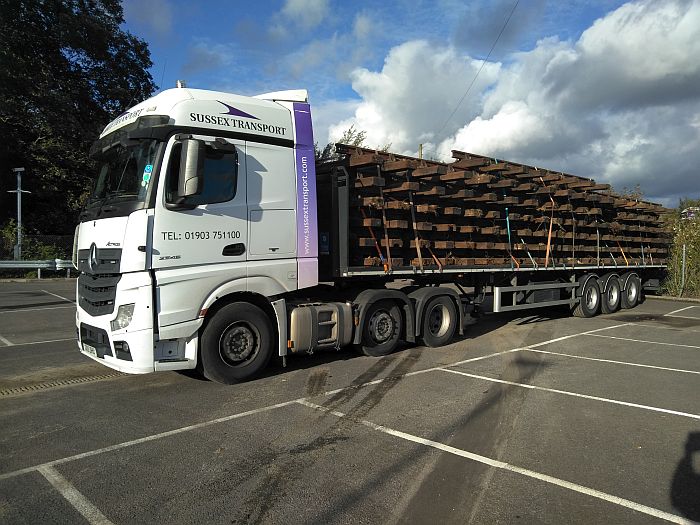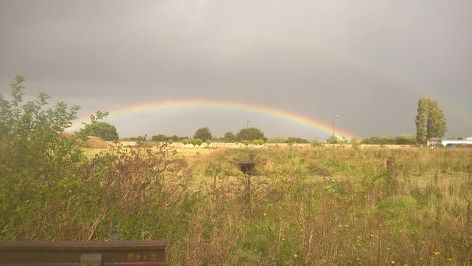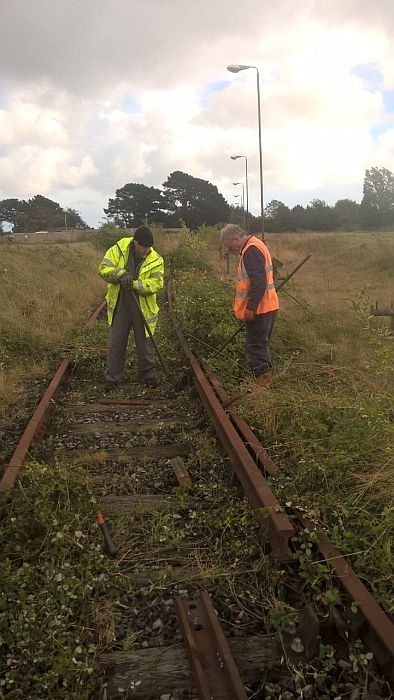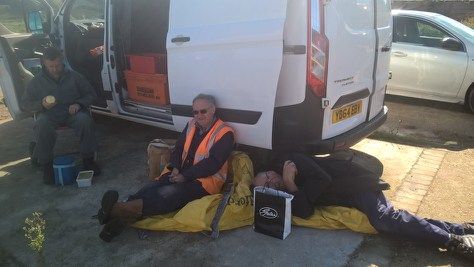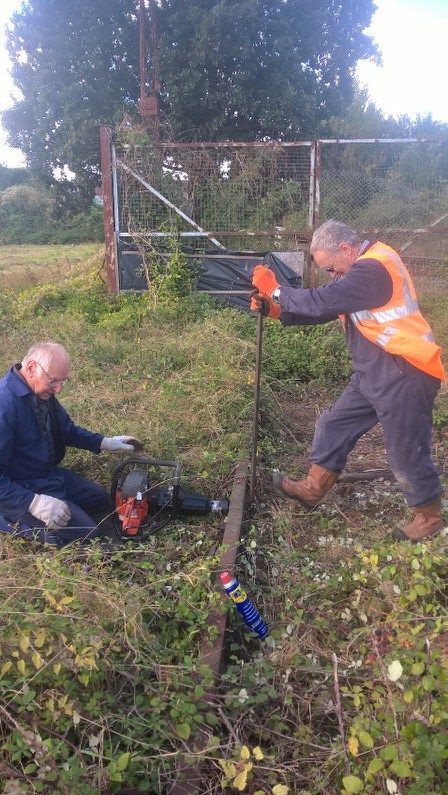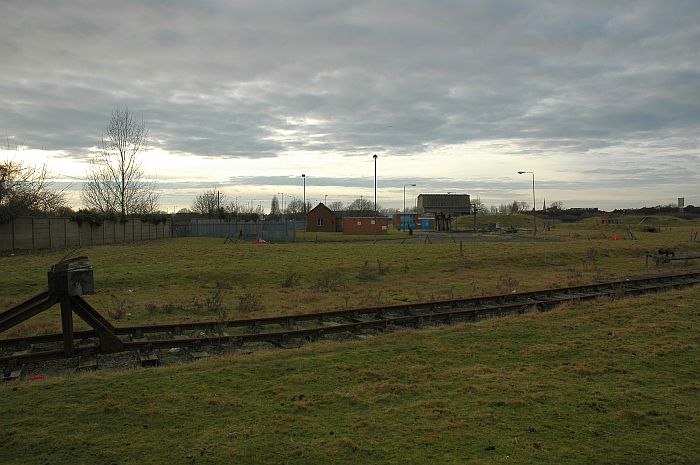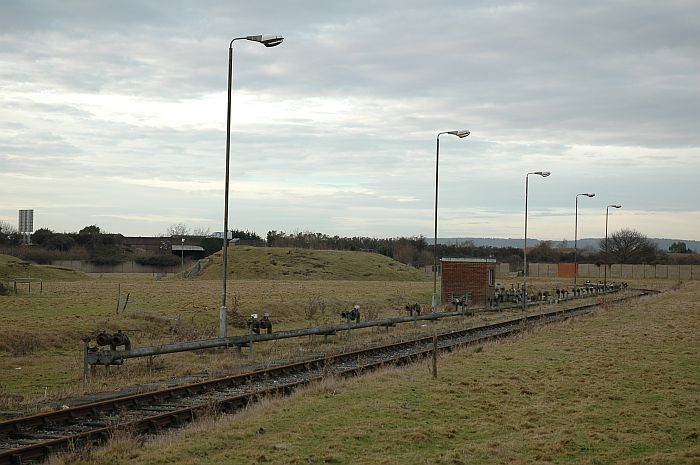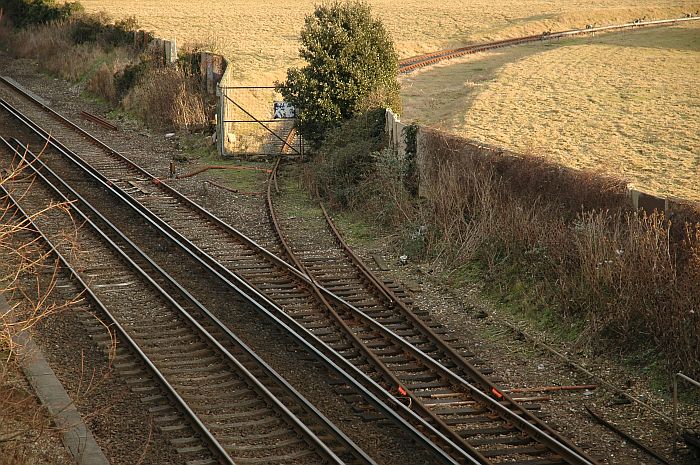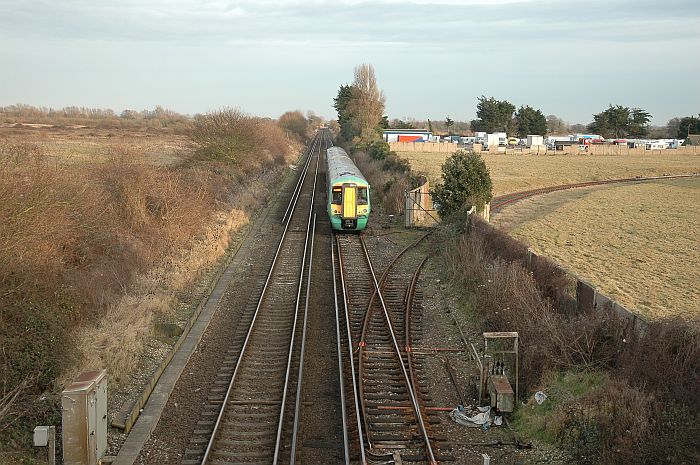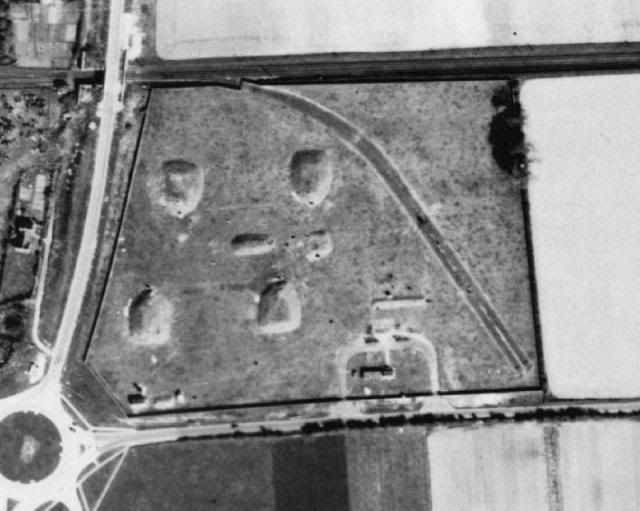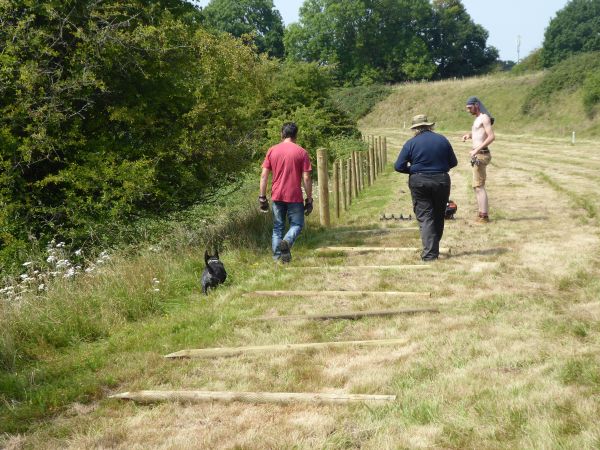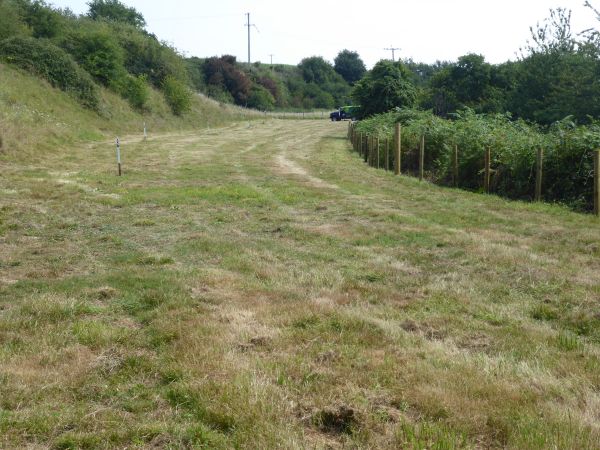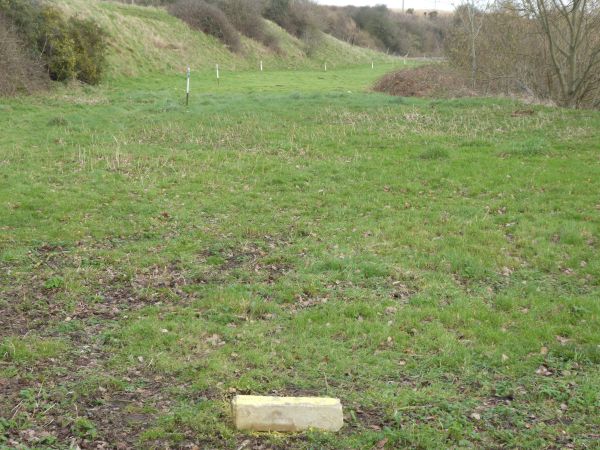| Yeovil Railway Centre - South Chord Project It has long been our wish to reroute and extend our demonstration line along the 'South Chord' at Yeovil Junction. The trackbed was dug out by the Great Western Railway around 1864 but no one has ever laid the track due to cost and the lack of benefit. At this time a Broad Gauge goods line was constructed from Clifton Maybank Junction (under the London and South Western line from Salisbury up to Yeovil Junction where a Transfer Shed was built. This building now serves as our Visitor Centre. The intention was to create a triangle. We intend to build on the legacy of the work completed by the Navvies of the GWR in 1864 to use the South Chord Track bed to extend our running line. The extension will greatly improve the visitor experience, but we need your help in order to complete it. This page will record our progress (latest at top) and we will be most grateful of donations towards the estimated cost of £100,000. Donations received will be placed into a Designated Fund for the South Chord project. All donations will help and will be gratefully received but we are offering benefits for donations of £50 and over. Please follow this link SOUTH CHORD DONATIONS if you would like to help our project financially - we would be most grateful!! |
